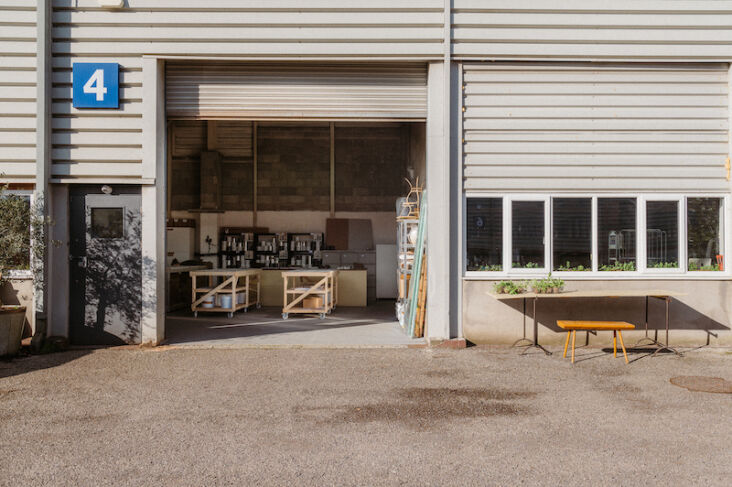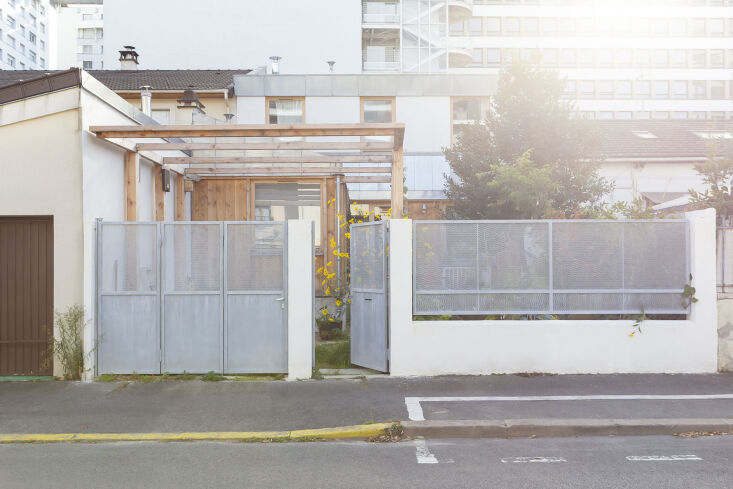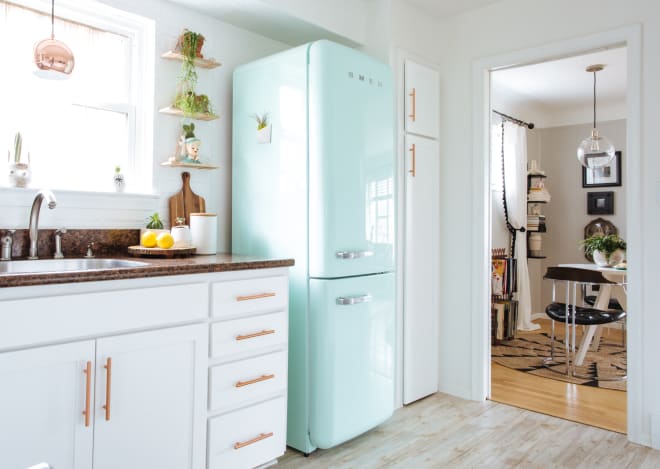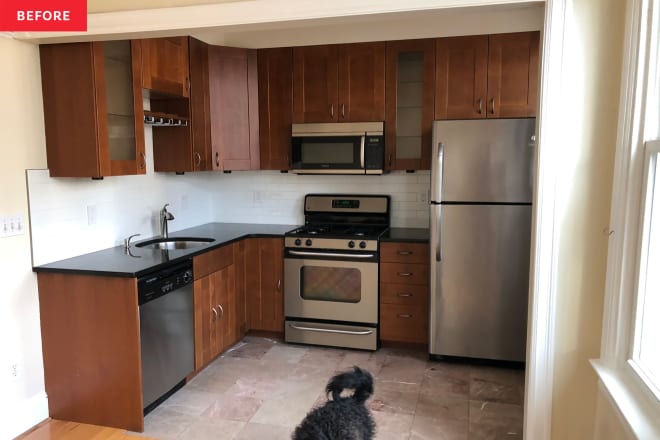A happy announcement from natural paint brand Atelier Ellis this month: Their True Matte Emulsion is moving to a newly developed bio-based formulation. It’s a move that has taken company founder, Cassandra Ellis, and her chemist two years to perfect. It’s also a move that is completely new to the UK. We spoke to Cassandra—whose gentle approach to homemaking we have long admired—about the next iteration of her paints.
Above: The Atelier Ellis paint factory in Bath.
“I’m very lucky in that I’ve built this business from the kitchen table,” Cassandra says. “There’s no debt; I don’t have investors or anybody else telling me that I need to expand. That means, with every sale I make, I can do better by concentrating on what I know is the right thing to do.” For Cassandra, that means making the best product she can with the minimal amount of variations while gradually encouraging people to think a little differently about what it is they are consuming.
Above: Bio-based paint charts are hand-brushed by a team of art students.
Atelier Ellis has always been transparent about what goes into their paint and where the ingredients are sourced from. This latest innovation will see their vinyl acetate resin replaced with bio-based raw materials—including sugar, bio ethanol, and vegetable, linseed, or castor oil. Over 90 percent of Atelier Ellis’s ingredients are sourced from the UK (including their cans); the remainder is sourced from Europe. Until there is greater demand in the UK, the new bio-based resin is sourced from a supplier in Germany.
Above: The new bio-based paints will have the same durability as the Atelier’s existing Steadfast finish, meaning it is wipeable as opposed to scrubbable. (Says Cassandra: “I will let other people do scrubbable paints, because I won’t put fungicides in my paint.”)
The new bio formulation was rigorously tried and tested by a team of professional decorators and found to improve both the materiality and performance of the emulsion with no compromise on breathability or maintaining minimal VOC levels. “It’s got a grip to it, coverage is better, and it’s more robust,” Cassandra says.
Above: “Tweaking, iterating, and adjusting” inside the Atelier Ellis factory.
The Atelier Ellis showroom in Bath will be given a fresh coat of bio-based paint this spring for visitors to see, stroke, and smell the new formulation for themselves. The scent of the new product has been likened to a ripe bowl of apples or a rich, unscented face cream. “What it doesn’t smell of is what we think of as paint,” says Cassandra. “There’s a really interesting discussion to have,” she adds. “If it doesn’t smell like paint, what does paint smell like? And what’s in paint that makes it smell like that?”
Above: Color samples on display in the Bath townhouse.
Above: “The smell of ripe apples”: The Atelier Ellis townhouse in Bath.
The formulation is currently undergoing testing on the Atelier’s range of eggshell and soft gloss finishes for wood, metal, and floors; Cassandra hopes to launch that line later this year. Until then, she’ll be in her paint factory “tweaking, iterating, and adjusting” her offering. “I just want to be proud of what our customer puts on their walls,” she says. “I have to keep moving forward, to make it better and better and better. Did the world need another paint brand?” she asks rhetorically. “No, but as long as I’m making beautiful products in beautiful colors and the process of buying from us is kind and beautiful, then you can start to think about it as a conduit for having a proper conversation about home and humanity.”
For more on Atelier Ellis’s eco paint lines, head to their site.
And more earth-friendly paint lines we love, see 10 Easy Pieces: Latex-Free Paints. | BidBuddy.com


 Facebook
Facebook
 X
X
 Pinterest
Pinterest
 Copy Link
Copy Link









